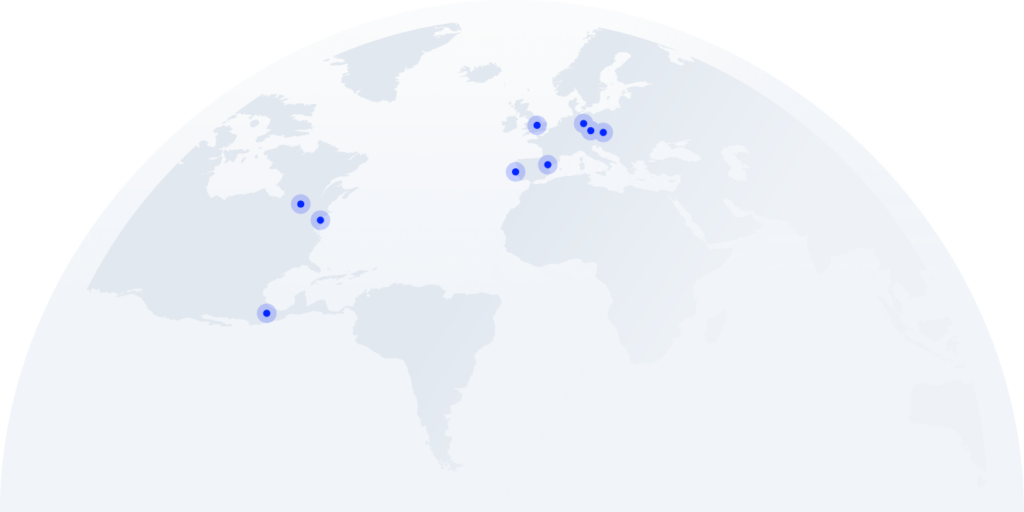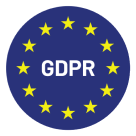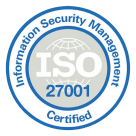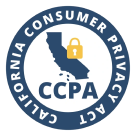Chapter 7: Integrating Calling Into a Multi-Channel Expansion Strategy
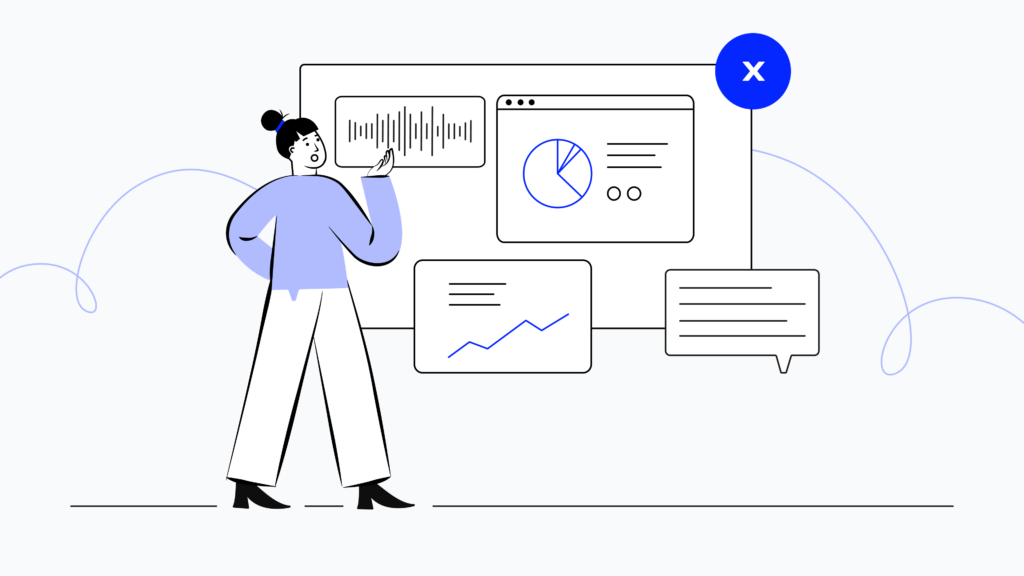
Why One Channel Won’t Cut It
Calling is a powerful tool, but in isolation, it can only take you so far. Successful international expansion demands a multi-channel approach where every channel – email, social media, paid ads, and calling – works together to reach prospects and customers at the right time, in the right way.
Think of calling as the human connection that accelerates momentum. It’s the most direct, immediate channel for building relationships, addressing concerns, and driving action. But before a call happens, other channels might have warmed up the lead. After a call, follow-ups through email or retargeting ads keep the relationship alive.
This chapter focuses on:
- The role of calling in multi-channel strategies.
- How to align email, ads, and social campaigns with calls.
- Practical workflows to connect channels and track success.
Step 1: Understand How Calling Complements Other Channels
Each channel has strengths, and calling is no exception. While ads and emails can build awareness and spark interest, calling moves conversations forward.
Where Calling Fits in the Multi-Channel Flow
Channel
Strengths
Where It Fits
Low-cost, scalable, and great for awareness.
Initial outreach, follow-ups after calls.
Calling
Direct, personal, and immediate.
Driving real-time engagement and trust. Immediate feedback loop.
Paid Ads
Builds broad visibility.
Supports brand recall before or after calls. Great for generating inbound leads.
Social Media
Relationship-building and brand validation.
Pre-call warm-up and post-call nurturing.
Practical Example
Practical Example: Multi-Channel Workflow
- Step 1: Email & Ads First Start with a personalized email introducing your business and value proposition. Run ads in parallel. Use tracking tools to monitor opens and clicks—these are your warm leads.
- Step 2: Follow Up With a Call For warm leads, schedule a call to discuss their needs directly. Use CloudTalk’s Click-to-Call feature to make this quick and seamless from your CRM. Or upload your lists to your CRM to power through all inbound leads.
- Step 3: Retarget With Paid Ads For leads who haven’t engaged yet, run retargeting ads tailored to their industry and challenges.
- Step 4: Nurture on Social Media Connect with prospects on LinkedIn or other relevant platforms. Share content that addresses their needs and builds credibility.
- Step 5: Analyze and Refine Use CloudTalk Analytics to track call outcomes, combined with email opens and ad clicks, to refine your outreach strategy.
Step 2: Syncing Calling Outcomes With Other Channels
To make multi-channel strategies effective, every call needs to feed insights into your broader campaigns. This ensures no opportunity is wasted.
Key Insights to Look For:
- Common Objections: Use these to refine your email messaging or ad copy.
- Successful Pitch Points: Highlight what resonates during calls and incorporate those messages into your other channels.
- Timing Insights: Identify when prospects are most responsive and schedule multi-channel campaigns accordingly.
Step 3: Scale With Automation and Integrations
As you expand into multiple regions, automation becomes essential for managing multi-channel campaigns without overwhelming your team.
Example Automation Workflows
Integrate With Your CRM
- Log every call, tag leads, and update dispositions and statuses.
- Use CloudTalk’s CRM integrations to automate this process with tools like Salesforce, HubSpot, or Pipedrive.
Trigger Emails After Calls
- Set automated workflows through your email automation tool to send follow-up emails immediately after a call. CloudTalk integrates with sales engagement tools like Salesloft and Outreach, ensuring your workflow is connected and automated.
- Example: If a call results in interest, trigger an email with additional resources or a meeting invitation.
Retarget Based on Call Outcomes
- For leads who didn’t pick up, set retargeting ads to reinforce your value proposition.
- Use call data (e.g., unanswered calls or voicemails) to segment and retarget effectively.
Share Insights Across Teams
- Use call recordings and AI conversation insights to identify common objections or call patterns.
- Share these learnings with your marketing team to refine messaging in email, ads, and product marketing assets.
Step 4: Test, Measure, and Adjust Your Multi-Channel Strategy
Each channel influences the success of the others. Testing and tracking are critical to understanding what’s working and improving over time.
What to Track:
- Connection Rates (Calling): Are localized numbers improving pick-up rates?
- Email Open and Click Rates: Are emails generating engagement that leads to calls?
- Call-to-Meeting Conversion: Are calls effectively converting leads into meetings?
- Ad Engagement: Are retargeted leads responding to follow-up campaigns?
How to Optimize:
- Test different sequences (e.g., email → call → ad or call → email → social).
- Adjust messaging based on feedback from calls and campaign data.
- Use CloudTalk dashboards to track calling performance alongside your other metrics.
What’s Next
With a strong multi-channel framework in place, the next challenge is managing costs and improving efficiency to ensure sustainable success. In Chapter 8, we’ll explore strategies to optimize your resources, maximize ROI, and make every call count.e email, ads, and other channels.











